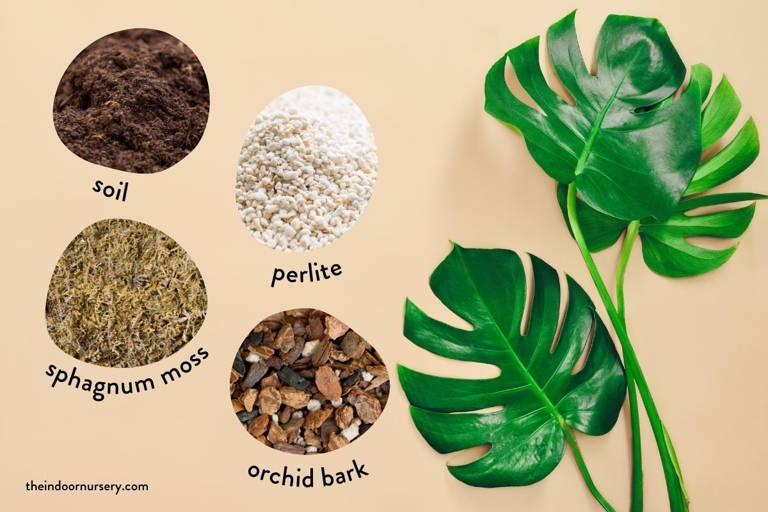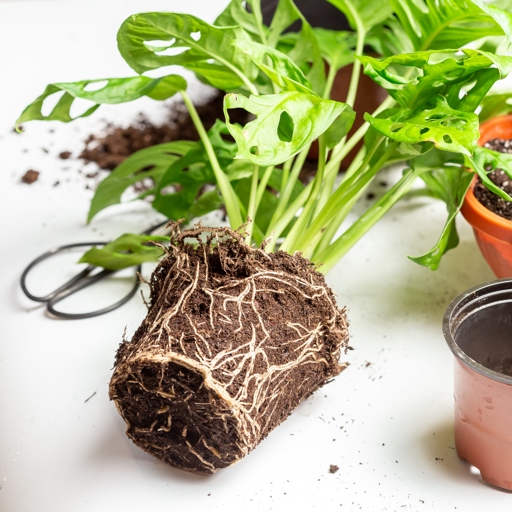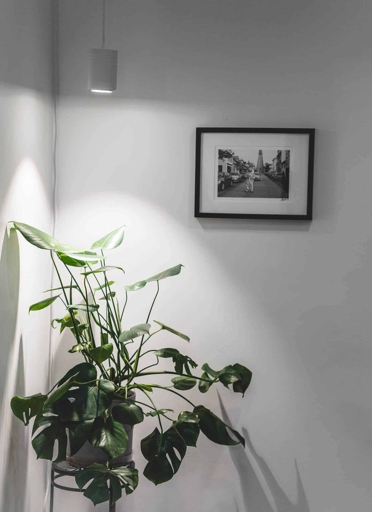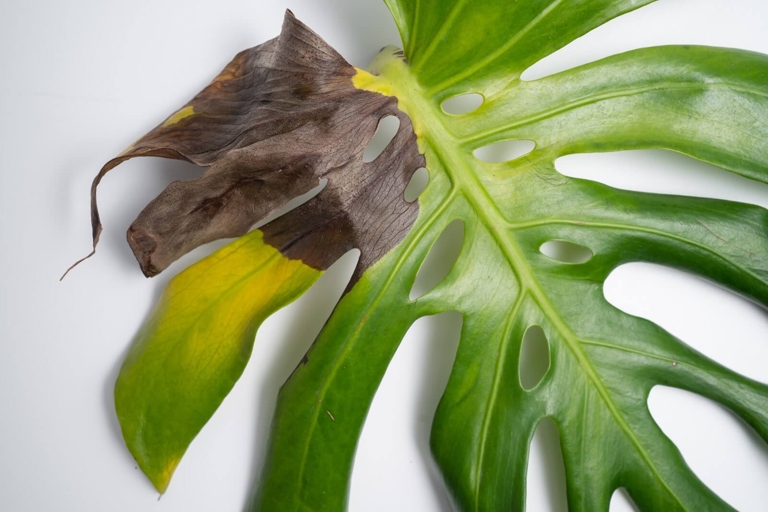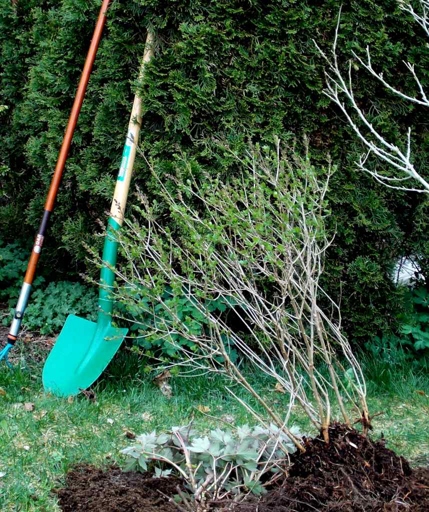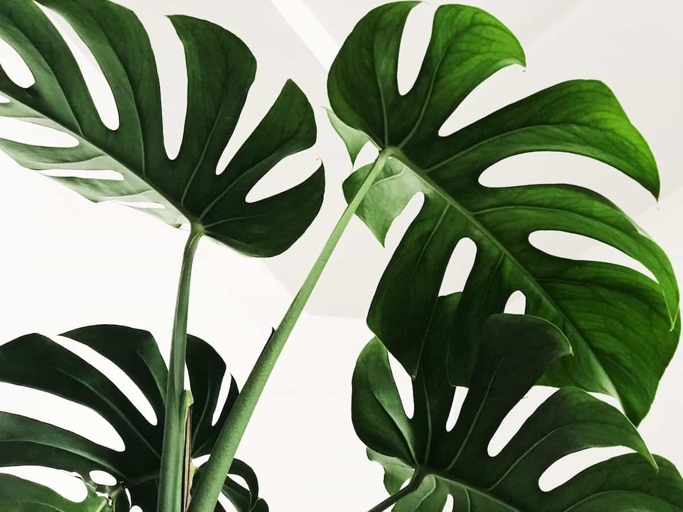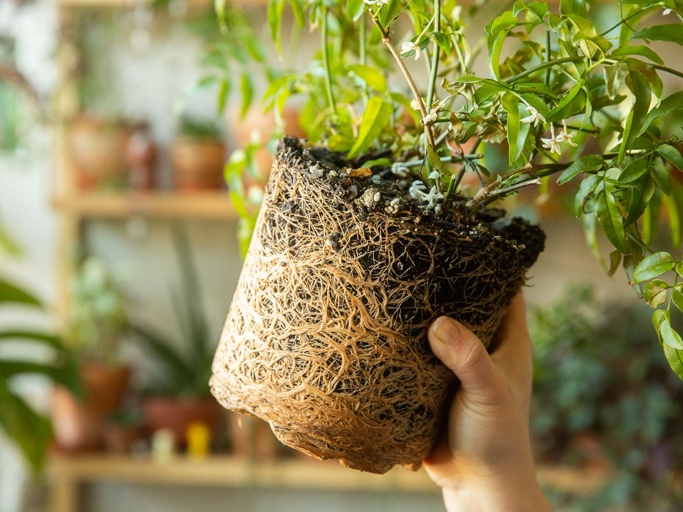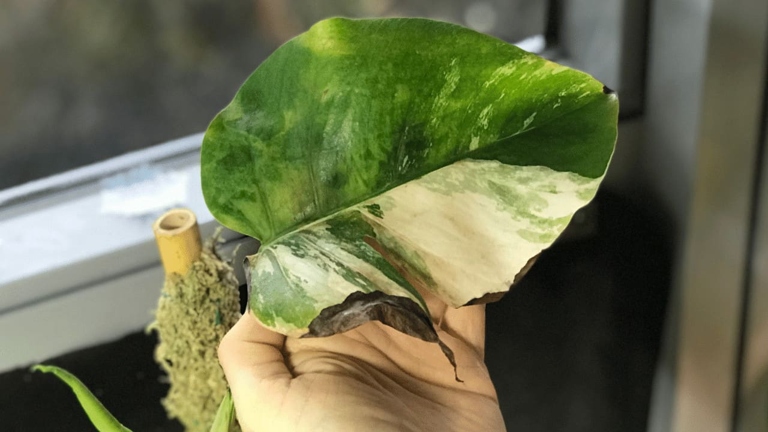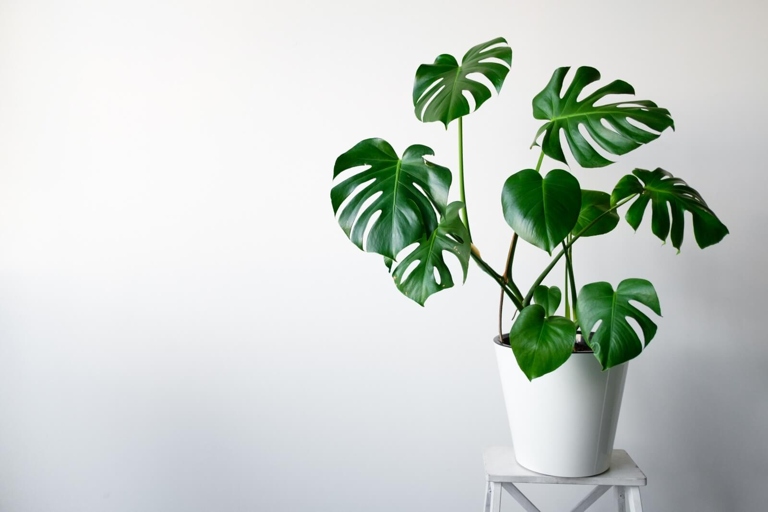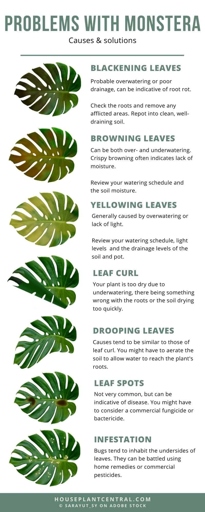If your Monstera leaves are turning brown, don’t despair! There are a few easy things you can do to fix the problem. First, check the plant’s environment. If it’s too hot or too cold, that could be the cause. Second, make sure the plant is getting enough water. Third, check for pests. Fourth, check the soil. If it’s too dry or too compacted, that could be the problem. Fifth, make sure the plant is getting enough light. Sixth, check for disease. Seventh, fertilize the plant. Eighth, prune the plant. By following these simple tips, you can get your Monstera leaves back to their healthy green state in no time!

